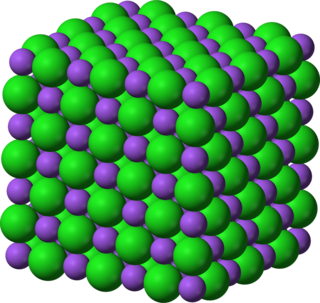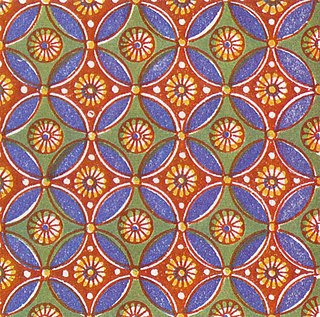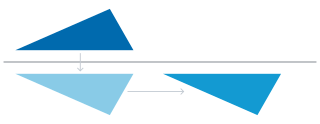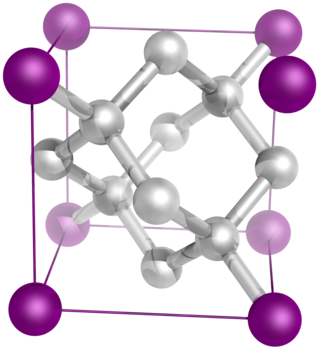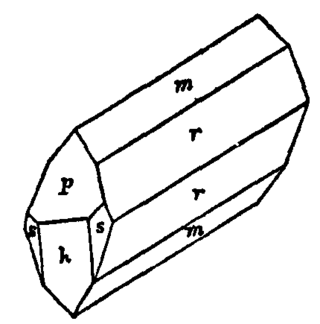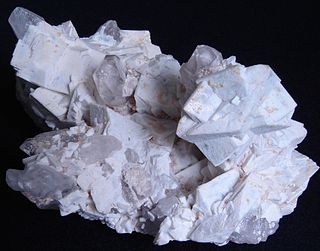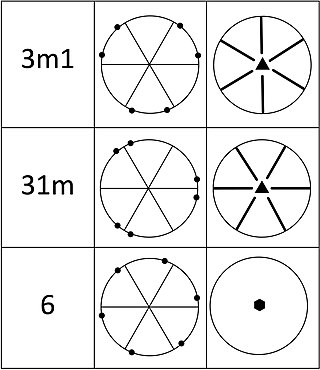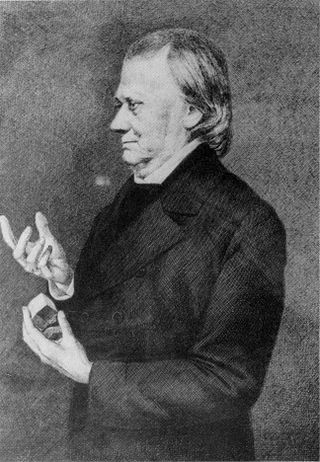
In mathematics, physics and chemistry, a space group is the symmetry group of a repeating pattern in space, usually in three dimensions. [1] The elements of a space group (its symmetry operations) are the rigid transformations of the pattern that leave it unchanged. In three dimensions, space groups are classified into 219 distinct types, or 230 types if chiral copies are considered distinct. Space groups are discrete cocompact groups of isometries of an oriented Euclidean space in any number of dimensions. In dimensions other than 3, they are sometimes called Bieberbach groups .
Contents
- History
- Elements
- Elements fixing a point
- Translations
- Glide planes
- Screw axes
- General formula
- Chirality
- Combinations
- Notation
- Classification systems
- In other dimensions
- Bieberbach's theorems
- Classification in small dimensions
- Magnetic groups and time reversal
- Table of space groups in 2 dimensions (wallpaper groups)
- Table of space groups in 3 dimensions
- Derivation of the crystal class from the space group
- References
- External links
In crystallography, space groups are also called the crystallographic or Fedorov groups, and represent a description of the symmetry of the crystal. A definitive source regarding 3-dimensional space groups is the International Tables for Crystallography Hahn (2002).














































